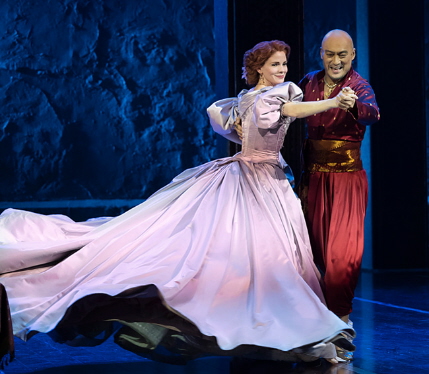 We’re back from our trip to New York to scout out productions you might want to see (or not), shows that might tour South Florida and scripts that might be worth reviving in our regional theaters. The shows include: On Your Feet!, Hamilton, King Charles III, The King and I, An American In Paris, Fool For Love, The Curious Incident of the Dog in the Night-time, Dada Woof Papa Hot and Allegiance. Links to other reviews can be found at the bottom.
We’re back from our trip to New York to scout out productions you might want to see (or not), shows that might tour South Florida and scripts that might be worth reviving in our regional theaters. The shows include: On Your Feet!, Hamilton, King Charles III, The King and I, An American In Paris, Fool For Love, The Curious Incident of the Dog in the Night-time, Dada Woof Papa Hot and Allegiance. Links to other reviews can be found at the bottom.
By Bill Hirschman
Robert Preston, Marian Seldes and Barry Nelson were all famous, besides for being solid stage actors, for giving seemingly fresh performances year after year after year in the same role during a long, long run. It’s a talent that few local actors have the opportunity to master.
But our recent visit to Broadway took in shows running nearly a full season or even longer – and they seem as vibrant as the reviews said they were on the day they opened: The King and I, An American In Paris and The Curious Incident of the Dog in the Night-time. Some had cast changes, but often the marquee names were still present and almost all of the supporting players and ensemble remained in all three.
They exemplify the professional’s mantra: This may be the first and only time many of these patrons will see the show, even if it’s the 207th time for the cast.
This isn’t always the case. A replacement/replacement/replacement cast in the first New York run of Les Miserables became so lackadaisical and listless that the entire troupe was replaced en masse. We in South Florida occasionally see a road show at the end of tour in which the actors seem to be sleepwalking (although others like The Lion King remain knife sharp).
So here’s a quick recap encouraging Floridians to catch these shows when they are visiting Broadway.
The King and I
Yes, you’ve seen it several times in recent years, perhaps at Maltz Jupiter Theatre or Actors’ Playhouse. But you haven’t seen it with the lushness, the scope, the sweep, the emotion and the social and political subtext that Lincoln Center has invested in this revival that opened last March.
Director Bartlett Sher, who did a similar resurrection for Rodgers and Hammerstein’s South Pacific, once again performs some kind of inexplicable alchemical magic in taking a Truman Era warhorse and making it as alive, accessible and even relevant as anything on Broadway except Hamilton.
Rodgers’ score is tied with South Pacific for haunting lovely melodies and extensive underscoring that connects the entire evening – played at Lincoln Center here by yet another huge orchestra, the size of which is found no other pit in New York. Hammerstein’s deceptively simple but pungent lyrics and script explore a dozen issues ranging from international relations to very human relations. The whole experience is so effective that in 2016 hardened cynical hearts can be turned into a soft bed of roses just by hearing “Hello Young Lovers,” “We Kiss In The Shadows” or “Something Wonderful.” It would take a calcified granite heart for the pulse not to leap when the King and Anna join for “Shall We Dance.”
In some productions, the Siamese King (often played by Yul Brynner) somehow pulls focus from what is a play about two strong-willed individuals trying to maintain their egos and ethics at the same time. But in this edition, even with a universally sterling cast of gorgeous voices and acting skills, the spotlight falls solidly on the English teacher Anna Leonowens brought to glorious life by Kelli O’Hara whose work finally won a Tony after six nominations. Besides having one of loveliest and quietly expressive voices on Broadway in two decades, O’Hara the actress captures Anna’s push-pull dilemma as an unconsciously prototypical feminist trying to survive in a society only slightly more repressive than that of her homeland. Her connection with the King’s children is obvious and her chemistry with the current King, Hoon Lee, is palpable.
Most of the cast remains from opening night, but the production is on its third King with Lee (reportedly better than his predecessors). The original King, Ken Watanabe, returns for seven weeks beginning March 1. O’Hara has other commitments, so check Playbill.com to be sure she is performing the night you go.
And as good as local productions have been, they didn’t have the seven- or eight-figure budget that Lincoln Center has and it shows. The cast is larger than some small towns in Oklahoma with multiple costumes by Catherine Zuber. Other than a stunning coup de theatre that opens the show, Michael Yeargan’s sets are elegantly minimal but evocative and lit by Donald Holder.
Assuming that O’Hara is in the show that night, it’s a production to treasure that remains as vital as the first night Anna and the King swept the stage to a polka.
An American In Paris
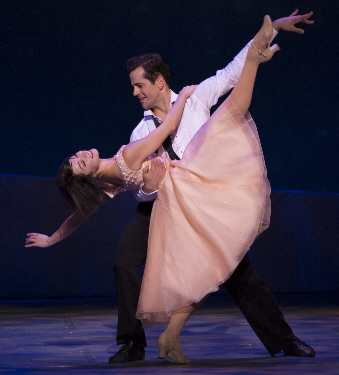 Face it, the Brits may challenge us in creating spectacle-driven musicals, but nobody but nobody puts on a dance musical like we rebels in the Colonies. (Well, Cats, but…)
Face it, the Brits may challenge us in creating spectacle-driven musicals, but nobody but nobody puts on a dance musical like we rebels in the Colonies. (Well, Cats, but…)
Indisputable proof is An American In Paris, a new stage musical version “Inspired by the Motion Picture,” referring to the iconic 1951 Oscar-winning film directed by Vincente Minnelli, written by Alan Jay Lerner and choreographed by its star Gene Kelly. Oh, and with a varied collection of tunes by a couple of kids named Gershwin.
To be fair, this celebration of terpsichoria was choreographed by part-time Brit ballet master and first-time director Christopher Wheeldon. But we can claim him after giving him the Tony for his work here and his stay with the New York Ballet.
Still, this is about as American a piece possible even though it is set in post-WWII Paris. The can-do optimism, barely concealed vulnerability and open heartedness that we like to think characterized ourselves in the period suffuses every aspect of this lush and imaginative production.
Even more than the beautifully-sung Gershwin catalog, the lasting takeaway is the stunning dancing not just by the leads but the entire and very large cast down to the swings. Ten months into the run, no one is coasting for even a moment. Watch them leap into the air, pirouette, lift and swing their partner around their body, and arch strained muscles in scene after scene that slide together with a cinematic smoothness. Wheeldon’s movement is storytelling made flesh and, like every aspect of this production, is polished to a high gloss.
The creative team steadfastly refused to have the production look or sound anything like the film about an ebullient American artist who stays behind after V-E Day along with his friends, an acerbic American novelist- to-be and a French heir who dreams of becoming a song-and-dance man. All three fall in love with a lovely young French salesclerk.
Veteran playwright Craig Lucas took the bones of Lerner’s script and produced a more-rounded credible tale. He laid in more darkness than the screenplay with clear reminders that the city has just emerged from years of war, occupation, deprivation, death and danger. As a result, love is a resurrection that must arise from the ashes, not some Technicolor fantasyland. Everyone has secrets, many derived from the war.
Lucas and the creative team also carefully selected Gershwin songs that advance the plot or are tailored the plot to neatly fit the songs. When the novelist realizes he has lost the girl to the hero, his rendition of “But Not For Me” is such a perfect choice that it shatters hearts in the audience.
The strongest asset of the production at the Palace Theatre may be the virile Robert Fairchild and gamin Leanne Cope as the lovers. They are appealing actors-singers, but they dance as if barely able to contain their joy. This show will certainly tour in what will have to be a more modest version, but if you’re in New York, make a point to catch these two.
The Curious Incident of the Dog in the Night-time
Sometimes the reason a show like this one, running since September 2014, remains sharp and incisive is because of a production stage manager or a similar type who cracks the whip daily to ensure that no one phones in their performance. That might be the case here.
Curious replaced its star Alex Sharp after he won the Tony Award for best actor and the show won the best play award. Some other players have since left the show.
But the drama still lands as solidly as the initial reviews would indicate. The play, which was a smash in London, is based on the 2003 British best-seller by Mark Haddon about Christopher, an autistic 15-year-old in a London suburb who is unable to function well in the outside world but who is a certified genius in mathematics and other fields.
Told from the point of view of the hero, it starts off as a mystery with the boy trying to determine who gruesomely murdered a neighborhood dog. But his investigation forbidden by his single father and the desire to find his missing mother send him into the wilds of urban London, a nightmare of audio and visual clues to someone who has extreme difficulty sieving out extraneous stimuli.
The journey and inquiry are not enthralling in themselves; the intriguing facet is that everything is told from Christopher’s viewpoint of someone who only sees situations in black-and-white and who has no comprehension of social conventions — about as unreliable a narrator as can be imagined. For the general public unaware of what high-functioning Asperger’s Syndrome does to a person’s observations and how it affects their behavior (an almost physical aversion to some colors, for instance), Christopher’s tale is like a modern-day trip down the rabbit hole. Things that are familiar like the subway are a terrifying experience; the subtle sophisticated nuances of relations between men and women are opaquely undecipherable.
Much of this is communicated visually by a highly theatrical and stylized production directed by Marianne Elliott with choreography by Scott Graham and Steven Hoggett. Most memorable is Bunny Christie’s set design with lighting by Paul Constable and videos by Finn Ross. The world they create is a huge enclosed black box lined with LED lights aligned as if the walls were graph paper. As Christopher thinks out loud, the walls reflect the intricate thoughts racing through his brain as he struggles with perpetual anxiety.
The book is far more Byzantine than the play, awash in mathematical problems and solutions that playwright Simon Stephens wisely minimized. But what is intact are Christopher’s funny and frustrating misperceptions of a world that seems normal to us, but madness to him – and he makes you wonder if he hasn’t got the right call. We see what he sees as he sees it, but are able to recognize it for what it really is. So we get a guided tour of an alien country that is, in fact, our own.
Full disclosure: I have a brother who is coping with a similar if less severe strain of the malady. Because I have seen this first hand most of my life, I admit the play did not touch me emotionally or stimulate my mind as completely as it has many patrons who were enraptured. When this tours, it will be worth the price of a ticket.
To read our review of Allegiance, click here
To read our review of On Your Feet: click here
To read our review of Fool For Love, click here
To read our review of Hamilton, click here
To read our review of King Charles III, click here.
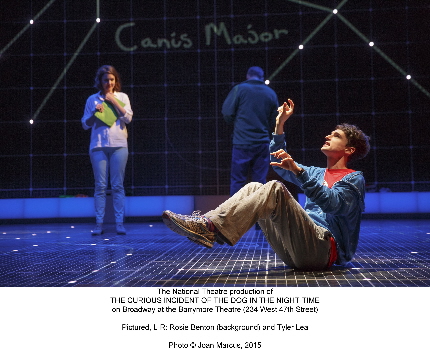

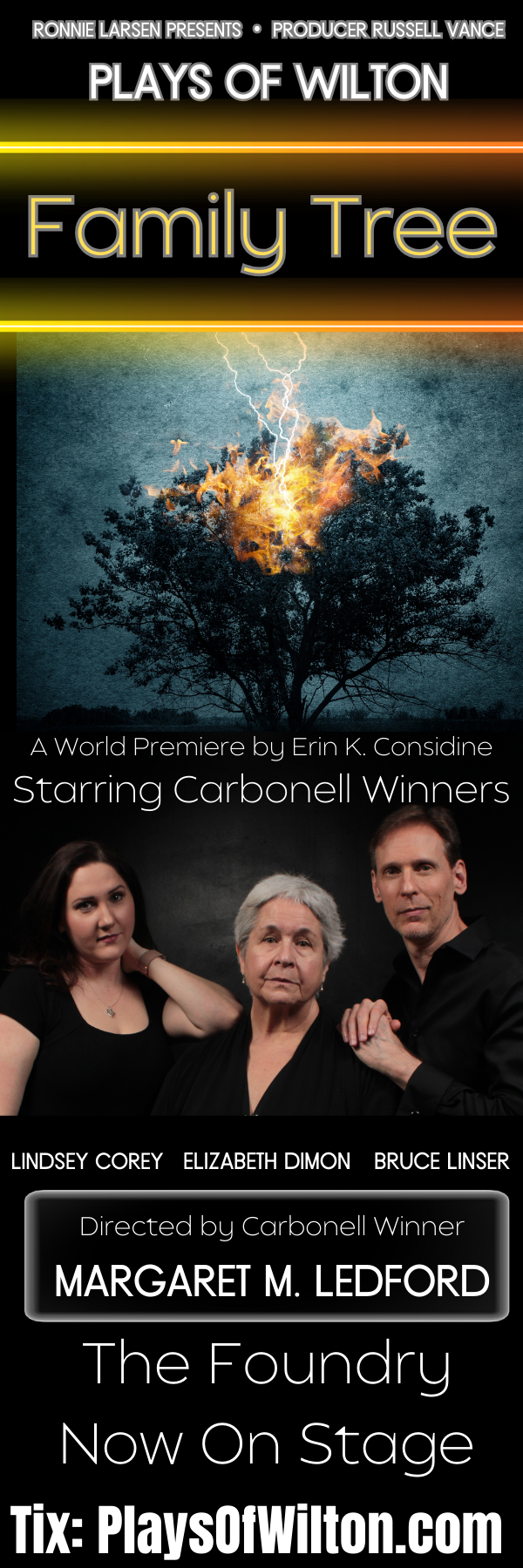
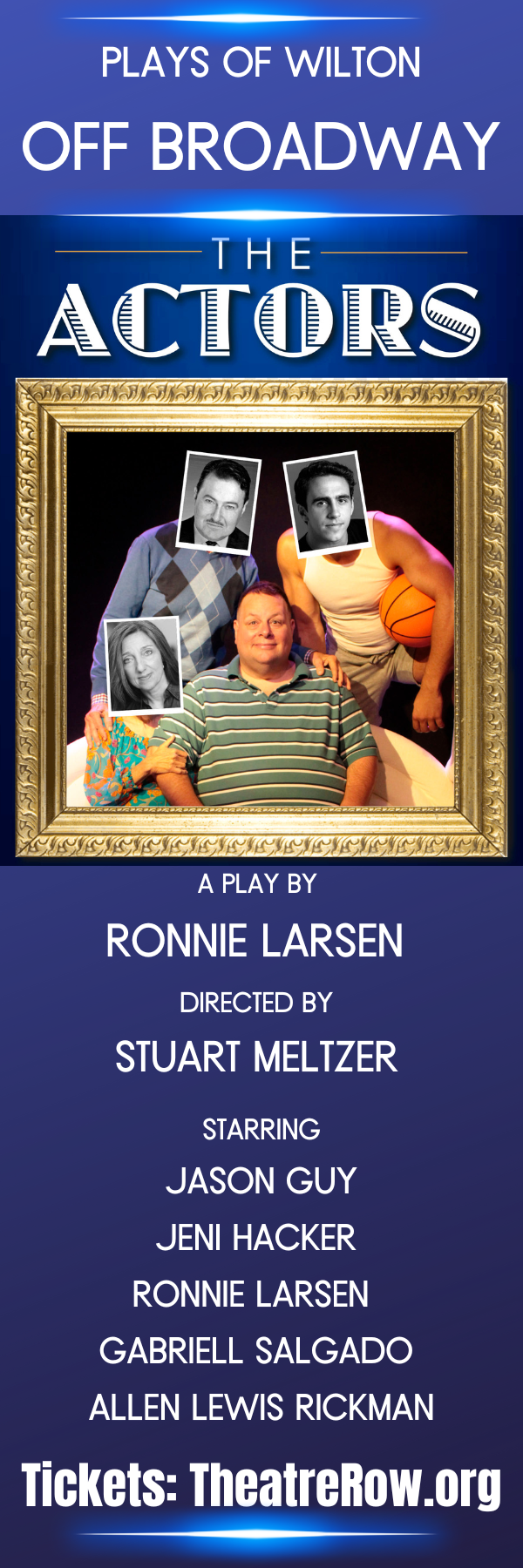

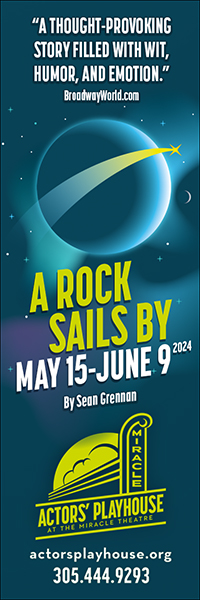
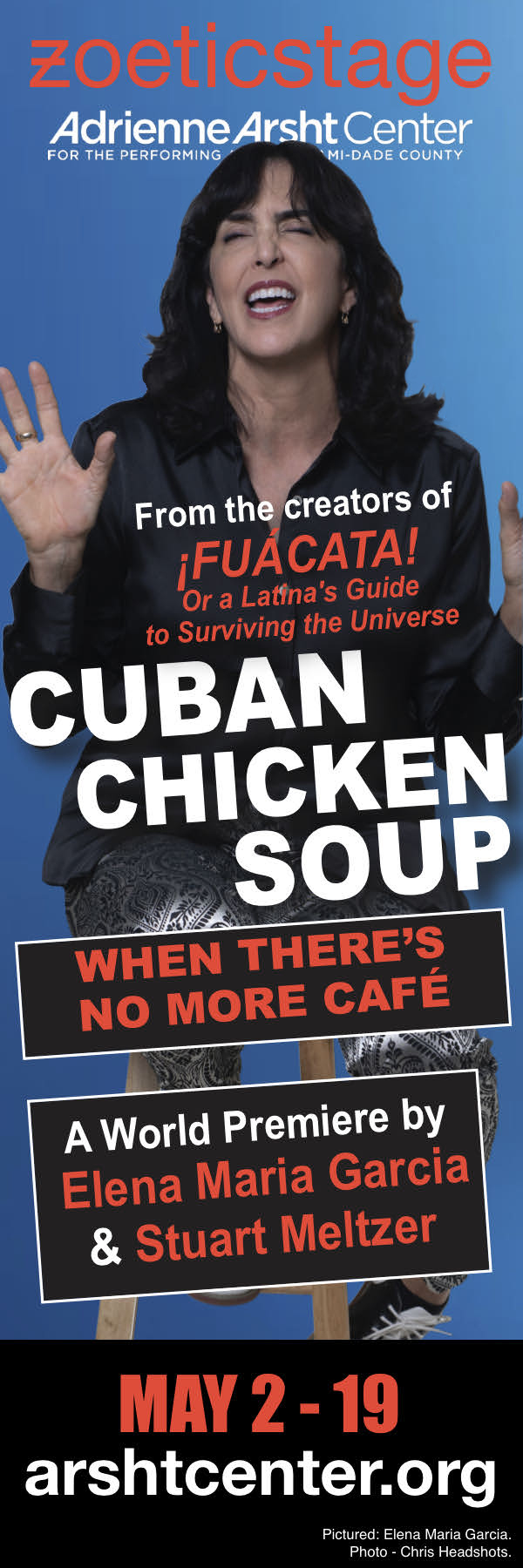

 A PaperStreet Web Design
A PaperStreet Web Design
